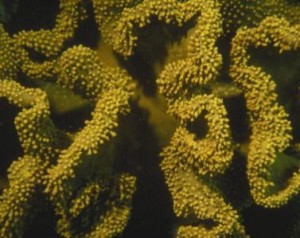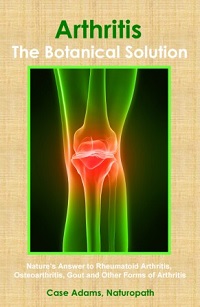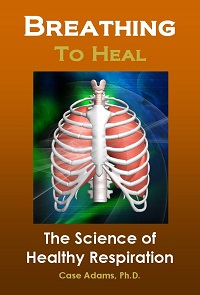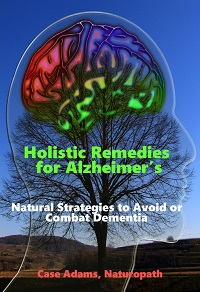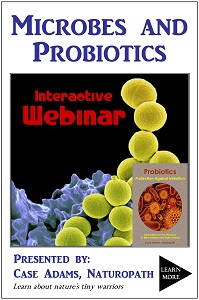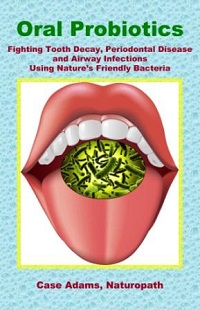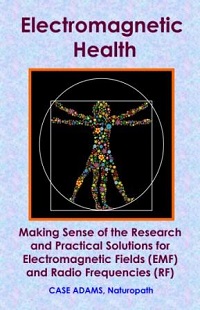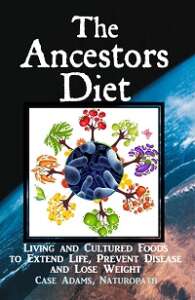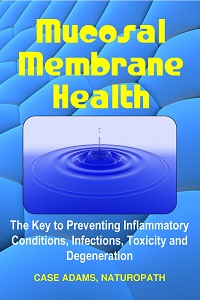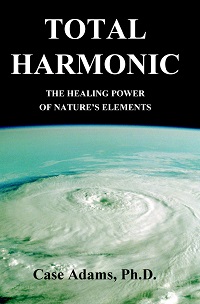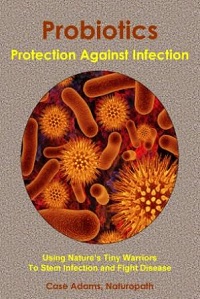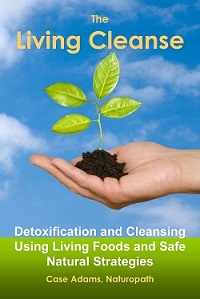Dying Coral Reefs Linked to Chemical Fertilizers and Factory Farms
Coral reefs are dying off at a faster rate around the world. Research has determined that ocean pollution from chemical fertilizer runoff is largely responsible for ruining the health of the symbiotic algae species that keep the coral reefs healthy.
In this article
Large study of 19 coral reefs
Recent research from the UK’s University of Exeter has determined in a study of 19 Caribbean reefs, that the reefs’ production of carbonate – a measure of their health – is down by over 50%. They also found that 37% of the reefs were eroding – dying. Other studies of other reef systems around the world have found similar rates of decline and bleaching of coral reefs.
What is killing the reefs? Many have supposed that rising sea temperatures is primarily responsible for the bleaching and dying of coral reefs around the world. New research, however, suggests the major component is related to the increased levels of dissolved inorganic nitrogen in the water, and the health of the tiny algal species that live symbiotically within the coral.
A 2012 study by researchers from the UK’s University of Southhampton found that dissolved inorganic nitrogen starves the algae that symbiotically live in the coral. The large nitrogen concentrations block their ability to absorb phosphate necessary for their lifecycles.
The researchers conducted mass spectrometry of the algae – focusing in on their fatty acid production and their general health. They found that the challenged coral algae were accumulating sulpholipids, and have increased enzyme phosphatase activity – indicating they are under duress from too much nitrogen.
Research from the University of Florida has confirmed that the health of these algae species, which live of the delicate mixture of nitrogen, sulphur, phosphate and other nutrients, relates directly to the eventual outcome of coral reefs. The researchers found that these algae species provide the coral with a significant part of its immunity against a variety of diseases that can affect and damage coral growth. When these algae are unhealthy, the coral reef becomes more vulnerable to disease.
Where does the inorganic nitrogen come from?
According to research from the Chesapeake Bay Foundation, approximately 38% of the nitrogen that has polluted the Chesapeake Bay comes from agriculture – chemical fertilizers which runoff into waterways from conventional farms and livestock farms. Another 19% comes from wastewater streams (such as waste treatment plants and factories), 10% comes from land development and 27% comes from atmospheric deposition – air pollution. The CBF estimates that about 300 million pounds of nitrogen pours into the Chesapeake Bay each year. This is roughly six times the amount of nitrogen that flowed into the Bay during the Seventeenth century.
While the world’s oceans are huge, the ocean’s nutrient composition blends together using a myriad of currents that mix coastal waters, affecting coral reefs that can be thousands of miles away from the nitrogen runoffs. The sensitive algae that live symbiotically within the coral reefs have evolved over millions of years on a natural blend of nutrients. Our modern farming methods, together with factory farms, chemical factories and other nitrogen-rich polluting activities are killing the oceans’ reefs by changing the blend of nutrients within our oceans.
While the U.S. is a significant producer of chemical fertilizers with an abundance of chemically-fertilized farms and factory farms, other countries throughout the world are increasingly fertilizing farms with nitrogen-rich chemical fertilizers and creating large factory-style livestock farms to satisfy the world’s growing demand for the western diet around the world. All that nitrogen runs off into waterways, changing the nutrient content of our oceans. And ruining our drinking water.
Other algae are blooming, causing dead zones
Ironically, the same nitrogen pollution that is killing off algae among coral reefs also stimulates a massive increase in other algal species elsewhere. These can take over an ocean, lake or bay ecosystem, causing what is called a “dead zone.” Growing regions of “dead zones” have have emerged throughout different ocean and bay regions, including the Chesapeake Bay, the Gulf of Mexico, the North Pacific off the coast of Oregon, the Black Sea and other regions around the world – often close to chemically-fertilized farming regions. As the increased algal blooms dominate the oxygen availability of the water in these regions, the fish and shellfish of the region suffocate and die off, creating a water wasteland overpopulated with algae.
The Chesapeake Bay Foundation has suggested several changes need to be made in order to stem the tide of nitrogen coming into our waterways. They suggested farmers planting cover crops in order to decrease erosion and runoff, implementing fertilizer management plans, putting in buffer zones and fencing off animals away from streams.
As far as the cover crops and fertilizer management systems, these are typical among organic farms. In other words, a big part of the solution is farming organically. Organic farming uses natural fertilizers that do not leach inorganic nitrogen out of balance with nature’s other nutrients.
The only way to increase organic farming is for consumers to demand more organic foods. Organic foods are typically a little more expensive than conventionally grown foods because most farming is done conventionally. But the costs to our environment are even greater. Can we afford the die-off of our ocean’s coral reefs? Their survival is undoubtedly connected to ours.
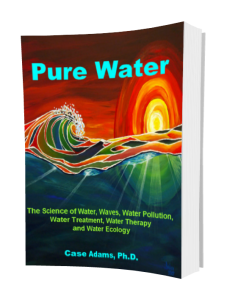
Learn more about our drinking water – how much to drink, best filtration methods and different pollutants –
while supporting this ad-free website.
REFERENCES:
Perry CT, Murphy GN, Kench PS, Smithers SG, Edinger EN, Steneck RS, Mumby PJ. Caribbean-wide decline in carbonate production threatens coral reef growth. Nat Commun. 2013 Jan 29;4:1402.
Wiedenmann J. et al. Nutrient enrichment can increase the susceptibility of reef corals to bleaching. Nat Cli Chg. 2013 3:160-164.
Krediet CJ, Ritchie KB, Paul VJ, Teplitski M. Coral-associated micro-organisms and their roles in promoting coral health and thwarting diseases. Proc Biol Sci. 2013 Jan 30;280(1755):20122328.
Chesapeake Bay Foundation. Nitrogen and Phosphorus. Acc. 2013 Feb 8.

